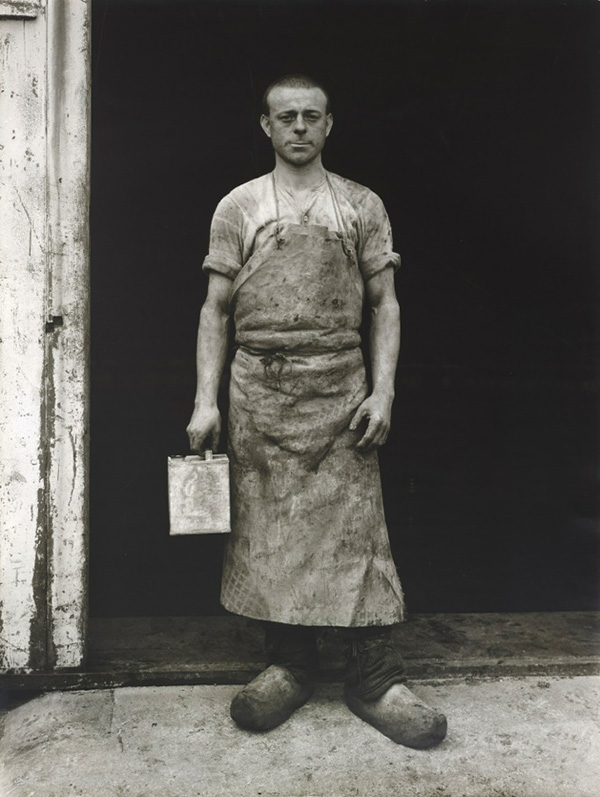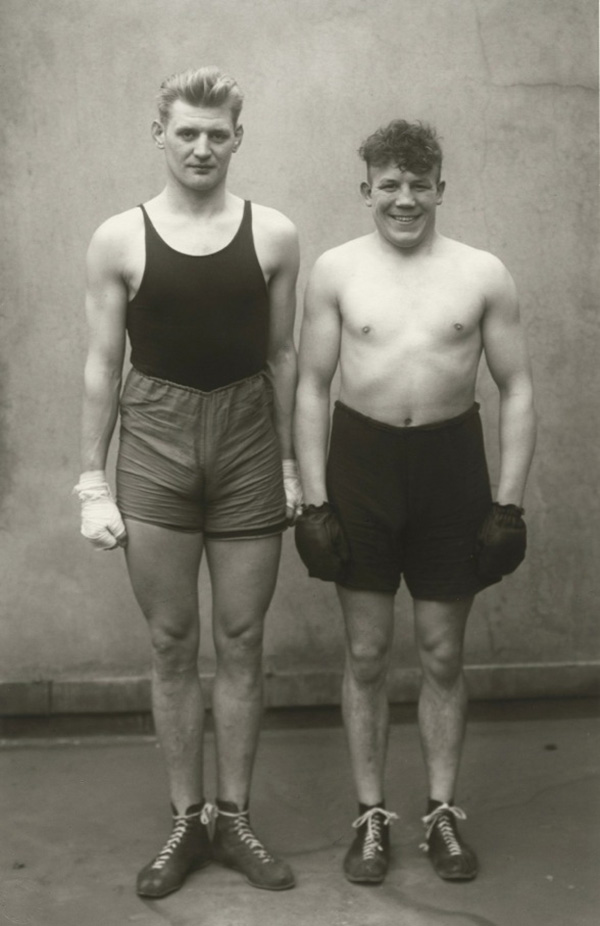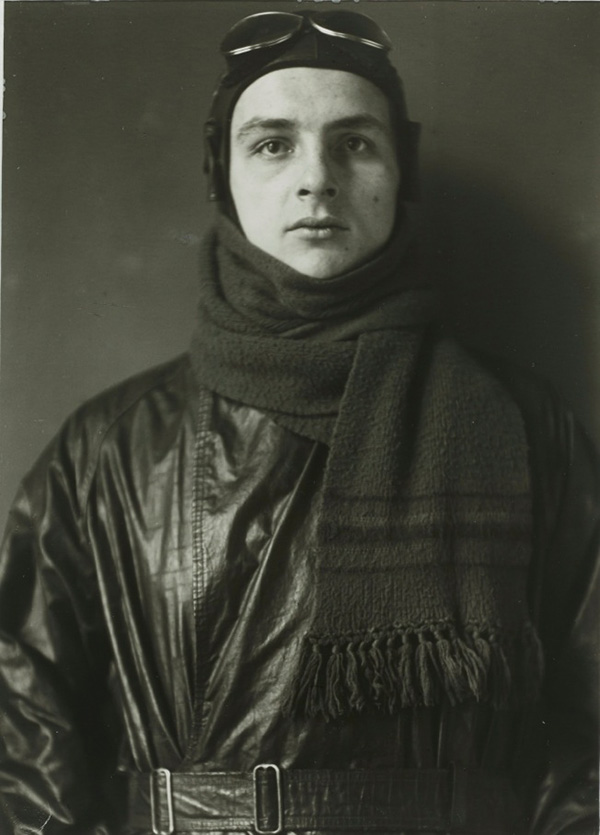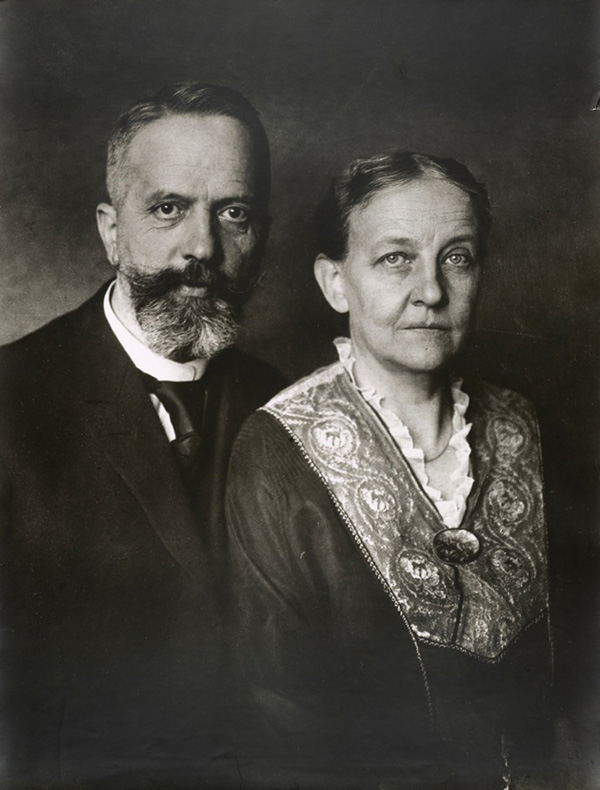PHOTO:August Sander
 August Sander is the most important German portrait photographer of the early 20th Century. In 1910 he began a systematic attempt to portray and typologize his countrymen. The project, undertaken wholly at his own initiative and expense, found support only among his friends in the Rhineland area of Germany. His book “Antlitz der Zeit” (1929) was outlawed and partially destroyed by the Nazis in 1936, but Sander’s ambitious undertaking today ranks among the most outstanding contributions to the New Objectivity in photography.
August Sander is the most important German portrait photographer of the early 20th Century. In 1910 he began a systematic attempt to portray and typologize his countrymen. The project, undertaken wholly at his own initiative and expense, found support only among his friends in the Rhineland area of Germany. His book “Antlitz der Zeit” (1929) was outlawed and partially destroyed by the Nazis in 1936, but Sander’s ambitious undertaking today ranks among the most outstanding contributions to the New Objectivity in photography.
By Dimitris Lempesis
Photo: Hauser & Wirth Gallery Archive
Born in Herdorf-am-der-Sieg, August Sander received his first camera from an uncle in 1892 and promptly set up a darkroom and taught himself photography. During military service, August Sander was an assistant in a photographic studio in Trier; he then spent the following two years working in various studios elsewhere. He established a photography studio, first in Austria, then in Cologne, where he settled in 1910 and made photographs of local peasants. This activity inspired his life’s work, a comprehensive document of the German people entitled “Menschen des 20. Jahrhunderts”. He worked on the project throughout the next two decades, while also producing photographs of architectural and industrial subjects. In 1927, alongside the Cologne Artist Group, Sander showed approximately one hundred of his photographs at the Kölnischer Kunstverein in an exhibition titled “People of the 20th Century: A Cultural Work in Photographic Pictures”. The show was positively received by the press, with one reviewer deeming Sander a ‘Balzac of the lens’. This exhibition was shortly followed by the publication of Sander’s first book “Face of Our Time”. Sander was considered an authority on photography in Germany, and in 1931 he hosted a series of radio lectures titled “The Essence and Development of Photography”. As Hitler rose to power in the early ‘30s, Sander was forced to discontinue “Menschen des 20. Jahrhunderts”, his son (who died in prison in 1944) was a member of the Communist party, and this made Nazi officials suspicious of Sander’s work. When five books of Sander’s “Deutsche Lande – Deutsche Menschen” appeared in 1933-34, they were readily confiscated by the Nazis, who destroyed the plates and confiscated his negatives. Fortunately, Sander salvaged a number of his negatives after the war and re-printed some; the images are now in collections worldwide. Around 1942, during World War II, he left Cologne and moved to a rural area, allowing him to save most of his negatives. His studio was destroyed in a 1944 bombing raid. About 30,000 of Sander’s roughly 40,000 negatives survived the war, only to perish in an accidental fire in Cologne in 1946. Sander practically ceased to work as a photographer after World War II. He died in Cologne in 1964. He received many honors and awards in his lifetime, and his work has been included in a number of important international exhibitions.
Info: Hauser & Wirth, 32 East 69th Street, New York, Duration 20/4-17/6/17, Days & Hours: tue-Sat 10:00-18:00, www.hauserwirth.com
![August Sander, Frau eines Malers [Helene Abelen], Painter's Wife [Helene Abelen], ca. 1926 (printed 1972), Gelatin silver print 79.4 x 59.3 cm, © 2017 Die Photographische Sammlung / SK Stiftung Kultur – August Sander Archiv, Cologne / ARS, NY, Hauser & Wirth Archive](http://www.dreamideamachine.com/web/wp-content/uploads/2017/04/SANDE79347.jpg)




